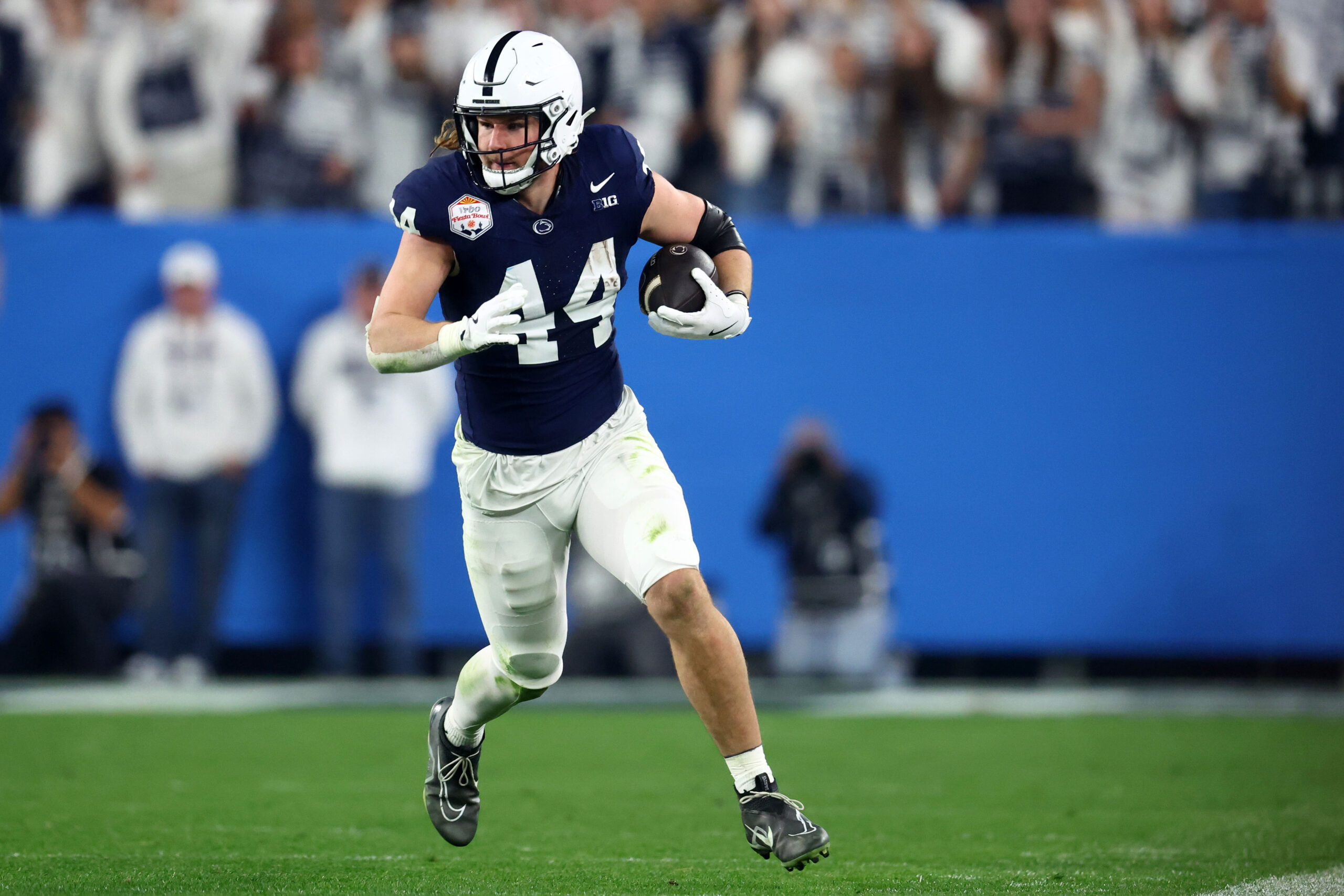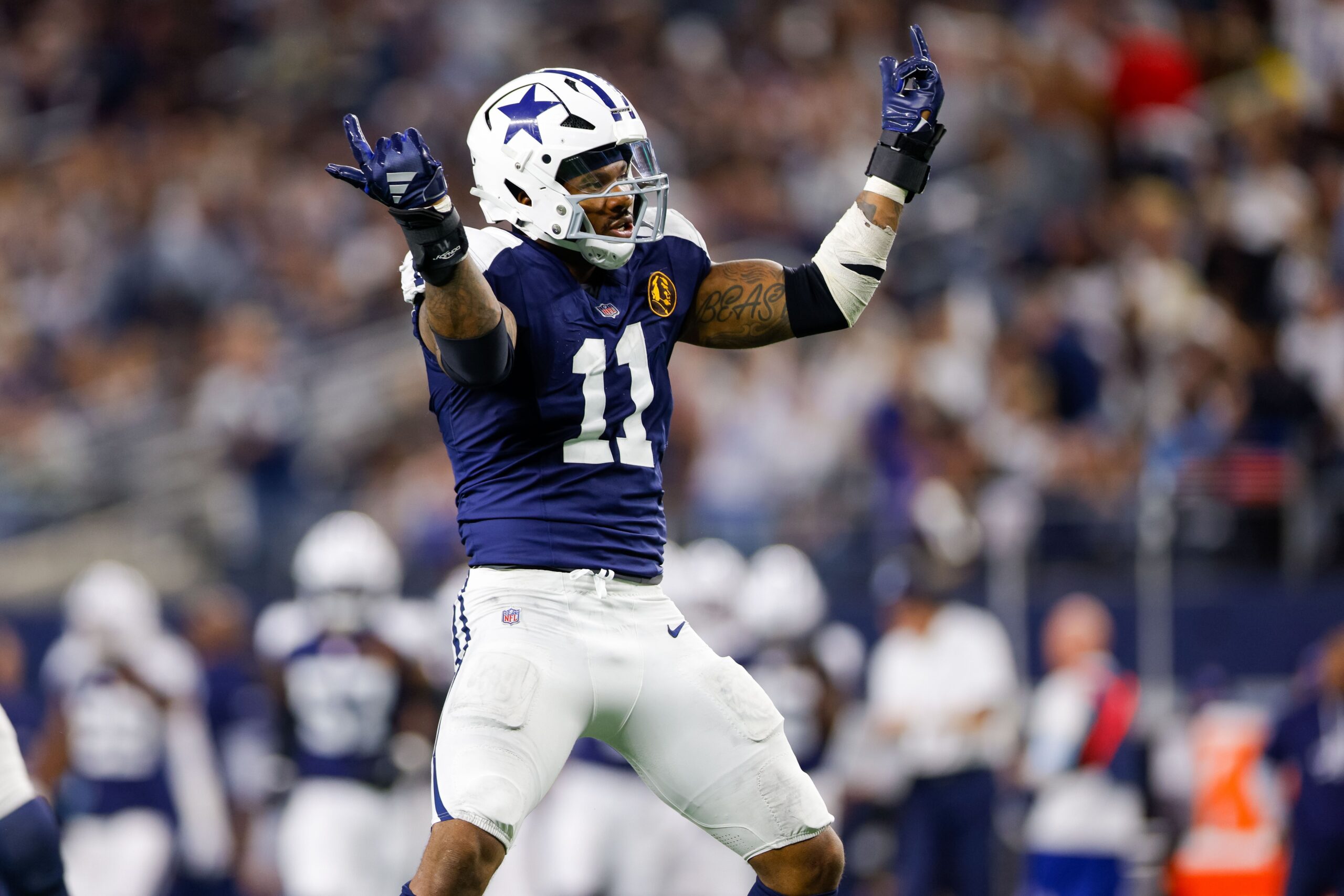NFL Analysis
8/25/21
6 min read
Ken Whisenhunt: The Best Way to Develop Young Quarterbacks in Preseason
Ken Whisenhunt has coached in the NFL for 23 years, including eight as an offensive coordinator (Steelers, Chargers) and eight as a head coach (Cardinals, Titans). Whisenhunt, whose first offensive coordinator job coincided with Ben Roethlisberger’s rookie season in Pittsburgh, shared his thoughts on the best way to develop young quarterbacks in the preseason.
Training camp is a grind. Long days of practices, walk throughs, conditioning, meals, recovery, treatment… When you’re in it, camp feels like it will never end. But when you have a highly drafted quarterback who probably moved out of his on-campus apartment to a new city just a few months ago, you realize how little time you have to prepare the player to become a professional person, a professional NFL passer, and most importantly, a winner.
This year will be the first with only three NFL preseason games. In my experience, preseason games have limited reps for a good portion of your starters and are used to evaluate and prepare your entire team. It’s hard to use a preseason game to focus solely on your young QB because you don’t always know who he’ll be playing with, and defenses are usually more vanilla.
This year, five NFL teams drafted a QB in the top 15 picks. Overall, there have been 14 first-round QB draft picks in the last three years. Last year, Justin Herbert and Tua Tagovailoa started the season as backups and stepped in as the primary starters for their teams, while Joe Burrow was the starter from day one. This year, Trevor Lawrence and Zach Wilson are expected to be starters while Trey Lance, Justin Fields and Mac Jones are expected to start the year as backups. I look at those teams and wonder: Which of those three will be this year’s Justin Herbert and Tua Tagovailoa?
As a coach, you need to take those young players and try to coach them to be professional franchise QBs who can start and win in the NFL. A player’s mindset should be, “I am the starting QB of this team.” If you watch The Brady 6 documentary, you see that Tom Brady was going to do whatever he had to do to beat out Drew Bledsoe. As a passer, Brady wasn’t elite, but as a leader he was. If your young QB can have that mindset, then you’re already a step ahead.
Now as a coach, you need to get him up to game speed in the NFL. Even if your QB was playing at a championship level in college, the game is significantly faster in the National Football League.
NFL training camp practices generally move forward quickly with their installs because of time already invested in spring OTAs. The veteran starter, if you have one, will get the majority of reps early and doesn’t need the preseason games as much. If your drafted QB is the starter, the process tends to be a little more deliberate, as he doesn’t have the invaluable experience that a veteran does.
The biggest fear you have as a coach is the thought of exposing a talented young QB to the speed of a preseason game where you can’t control the situations or provide protection against injury. Preseason games are still a great way to evaluate your team, because it puts your players in a different competitive environment and it is a chance to see them in non-controlled situations and see how they respond, which is very telling. The preseason game experience is invaluable for your young QB to get the feel of operating in real NFL game situations, which can be a lot different from what they’re used to in college. But where I’ve always found the chance to truly test your young QB with reps as close to an NFL game speed as possible -- and with the bonus of being able to protect him -- is during joint practices.
A joint practice gives you the opportunity to have an NFL defense come in and run as many reps as a QB may get in two full NFL games and in a number of different situations (blitz, third down, red zone, etc.) all in the controlled environment of a different colored jersey that the other team can’t hit. The speed of the game, while not regular-season speed, is still quite fast, because when you have joint practices, both teams have a lot of juice due to the ultra-competitive environment. You’re also able to test your young QB’s passing intuition and accuracy. And it’s fine, though not preferred, if he throws five interceptions. He doesn’t need to worry about being benched or the criticism that comes from media outlets.
It’s all positive, because he’s learning. We’ll put him in the red zone. Then we’ll put him on first-and-10 from his own goal line. Then we’ll simulate a quick turnover where the offense needs to respond before the half. We’ll script the practice to no-huddle. We’ll expect him to audible. Two hours. Him vs. his first opposing NFL defense. Here are the keys to the franchise and you’re taking it for a spin on a private track. Your perfect passes and biggest misses don’t end up on the ESPN top 10 like they will in Week 1. The pressure to win isn’t a requirement like it will be when the season starts.
Right now, players and coaches might feel like camp is an eternal grind that will never end. Tell each of them that they only have three weeks left to live and you’ll realize how short of a time frame that truly is. If you’re a coach who has been given a young QB who is expected to be the face of the franchise, your job is making sure he becomes that as quickly as possible. Seeing flashes and promise is no longer good enough.
If I could give advice to the coaches tasked with developing a first-round QB, it would be to schedule as many joint practices as you can and get to work against as many situations as possible. It’s the best way to get your young signal caller as prepared as possible.
Andy Hanson contributed to this story








